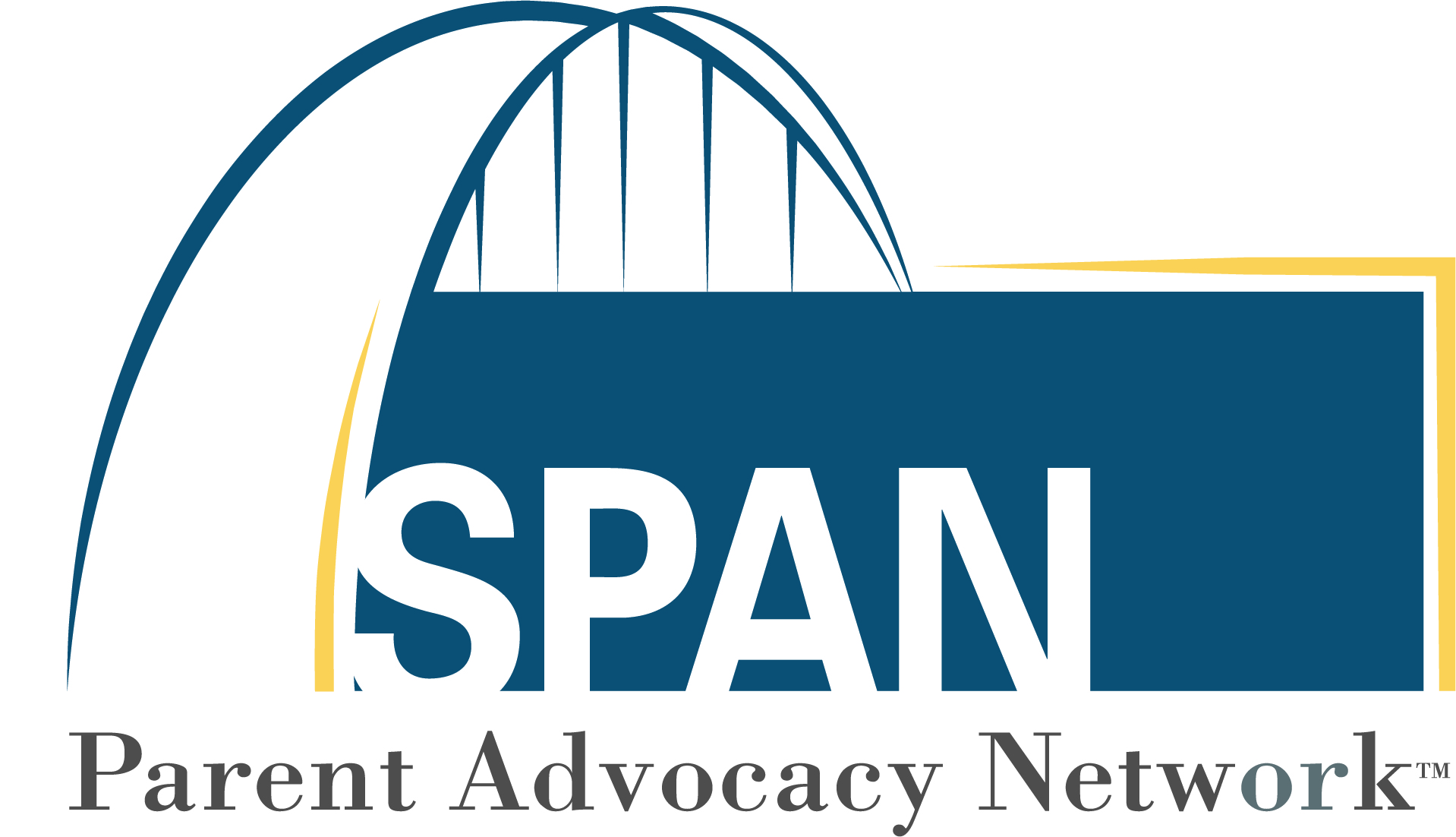Roles and Responsibilities
Parents are the core members of a SEPAG. This includes parents of children with disabilities who have an Individualized Education Program (IEP) who are educated in schools within or outside of the student’s home district. Parents do not need special training or background knowledge to be a member of a SEPAG.
Other members may include: school leaders, including the District Supervisor of Special Services and/or members of the Board of Education; teachers, Child Study Team members, and other school professionals; students and former students; other parents committed to improving education in their district; and community leaders and other citizens.
It is vital that membership reflects the diversity of the local school community. The size and makeup of a SEPAG are not defined by the state. These decisions are up to each SEPAG. Leadership terms, membership terms, and other formal aspects of SEPAG membership vary from district to district and are sometimes spelled out in bylaws developed by the individual SEPAG. SEPAG membership and procedures should be as inclusive as possible. There is a role for anyone interested in becoming informed about special education programs and services.
Roles & Job Descriptions for SEPAGs
President
President – point of contact for communicating with the administration; writes advisory recommendations with input from fellow executive board members; speaks at BOE meetings; creates meeting agendas with input from fellow executive board members; keeps all board members and liaisons on track; sets meeting schedules.
Vice President of Policy Initiatives
Vice President of Policy Initiatives – watches BOE meetings, stays up-to-date on BOE policies – checking on 1st and 2nd reads of policies; in coordination with SEPAG President, makes advisory recommendations to BOE members.
Vice President of Family Support
Vice President of Family Support – point person for all school liaisons; point of contact for families who have questions regarding individual issues – assist them in finding answers to questions regarding special education and 504 plans.
Vice President of Community Outreach
Vice President of Community Outreach – sets up community events, ie. health or community fairs; assists with finding space and setting schedules for parent-only meetings.
Communications Officer
Communications Officer – creates content and graphics for SEPAG flyers; shares information on social media, SEPAG website; sends emails to subscriber list.
Secretary/Administrative Coordinator
Secretary/Administrative Coordinator – assists communications officer; keeps meeting notes and prepares them to be shared; updates subscriber list; assists with membership communication.
Programming Officer
Programming Officer – compiles options for meeting topics based on parent input; organizes meetings – reaches out to speakers/presenters; helps to secure spaces for meetings; works with President on determining the meeting schedule.
Parent Liaison
Parent Liaison– The SEPAG consists of a minimum of one parent liaison from each school including out of district schools. This volunteer must be a parent of a student who currently receives special education under IDEA or accommodations and modifications under Section 504 of the Americans with Disabilities Act. SEPAG parent liaisons will ensure their respective school is implementing SEPAG initiatives, Attend SEPAG and PTO/A meetings. Consult with fellow parent liaisons on issues pertaining to their schools. Brainstorming ideas and solutions to present to key stakeholders.
SEPAG Liaisons
SEPAG Liaisons– Serve as the bridge between the SEPAG and each school’s Parent Teacher Association (PTA) or Home & School Association (HSA). Parent volunteers who keep PTA/HSA Executive Boards up to date on issues regarding special education and SEPAG events. Identify issues of concern at the school level. Communicate those concerns back to the SEPAG Executive Board. Serve as a point of contact and informational resource for parents, family members and guardians of students with special needs at each school.

